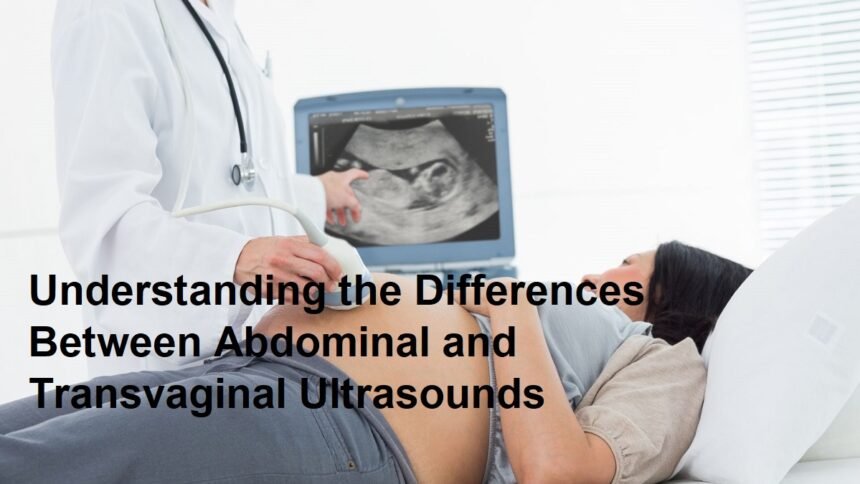Introducing
Ultrasound, known for its safety and versatility, is a cornerstone of modern diagnostics. For conditions involving the abdomen and pelvic region, two types of ultrasound examinations stand out: the abdominal ultrasound (USG abdominal) and the transvaginal ultrasound (USG transvaginal). While both utilize sound waves to generate internal images, differences in technique, application, and the kind of information they provide make each unique. Let’s break down these differences so you’ll know what to expect when your doctor suggests either type of scan.
Abdominal Ultrasound: Overview, Indications, and Process
Abdominal ultrasound is performed by gliding a transducer over the surface of the belly after applying a special gel. The process is entirely non-invasive, painless, and popular for its ability to visualize organs in the abdominal cavity—like the liver, gallbladder, pancreas, kidneys, spleen, and sometimes the bladder or parts of the reproductive organs.
This method is usually recommended to investigate symptoms such as abdominal pain, swelling, unexplained weight loss, or abnormal lab tests. It’s also used for monitoring conditions like gallstones, kidney stones, cysts, tumors, or anomalies within abdominal organs. Patients are often advised to fast for several hours beforehand to reduce bowel gas and enhance image clarity.
Transvaginal Ultrasound: Overview, Indications, and Process
The transvaginal ultrasound, as its name implies, involves insertion of a slender, covered probe into the vagina. While this might sound intimidating, the process is designed for comfort, and the probe is only inserted a few centimeters—far less than one might imagine. The sound waves from this close proximity create highly detailed images of the uterus, endometrium, ovaries, fallopian tubes, cervix, and pelvic structures that are not as easily or clearly seen using abdominal scans.
This technique excels when investigating issues such as unexplained pelvic pain, abnormal bleeding, suspected ovarian cysts or masses, and fertility assessments. It’s particularly pivotal in early pregnancy, as it allows for high-resolution monitoring of the embryo or any possible complications such as ectopic pregnancy. Fasting is generally not required, though a partially filled bladder may sometimes be requested in early pregnancy scans.
Spotting the Key Differences
1. Method of Examination:
- Abdominal: The transducer is moved across the skin of the abdomen.
- Transvaginal: The probe is gently inserted into the vagina for a closer look.
2. Area of Best Visualization:
- Abdominal: Broad, general overview of abdominal and some pelvic organs.
- Transvaginal: Focused, high-resolution images of pelvic reproductive organs.
3. Patient Preparation:
- Abdominal: Fasting prior to the scan may be requested.
- Transvaginal: Usually no fasting; sometimes a partially full bladder.
4. Comfort Level:
- Abdominal: Completely external and painless.
- Transvaginal: Slightly invasive but typically well-tolerated and quick.
5. Diagnostic Value:
- Abdominal: Ideal for surveying large organs, fluid collection, and general abnormalities.
- Transvaginal: Unmatched clarity for uterine and ovarian conditions, early pregnancy, or detailed pelvic assessments.
When Do Doctors Choose One Over the Other
The doctor’s choice depends on the clinical question. If the problem is likely centered on the liver, kidney, or general abdominal cavity, abdominal ultrasound is your go-to. Suspect something within the uterus or ovaries, or need a closer look at early pregnancy? Transvaginal ultrasound will likely be recommended. Sometimes, both types are needed for a complete diagnosis.
Final Thoughts
Both abdominal and transvaginal ultrasounds play crucial, complementary roles in healthcare. Far from being a case of one being better than the other, they each serve their own special purpose. If you’re scheduled for either exam, understanding these differences can help lower anxiety and ensure you’re well-informed throughout the process. Always feel free to ask your healthcare provider which scan is right for you—and why! Getting the most out of these technologies starts with understanding their strengths and specific applications.












